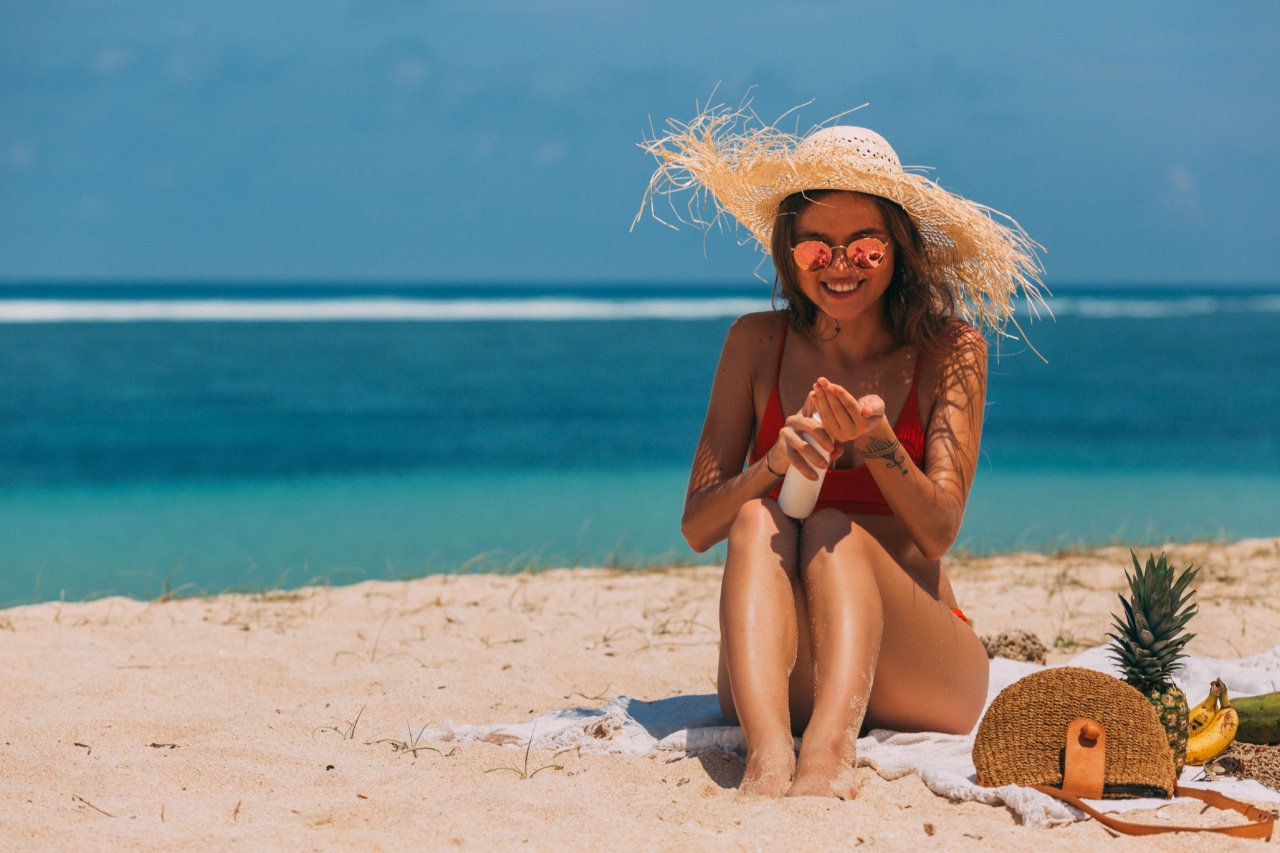Spending time outdoors and soaking up the sun’s rays can be enjoyable and beneficial for your mental and physical well-being. However, it is crucial to take proper precautions to protect your skin from the harmful effects of the sun.
Overexposure to ultraviolet (UV) radiation can lead to various skin issues, including sunburn, premature aging, and an increased risk of skin cancer. By following a few simple steps, you can ensure that your skin stays healthy and protected while still enjoying the great outdoors.
1. Wear Sunscreen Daily
One of the most critical steps in safeguarding your skin is to apply sunscreen regularly. Regardless of the weather or season, UV rays can still penetrate your skin, leading to damage.
Choose a broad-spectrum sunscreen with a sun protection factor (SPF) of 30 or higher. Apply it generously to all exposed areas of skin, including your face, neck, arms, and legs. Reapply every two hours, especially if you’re sweating or spending time in the water.
2. Seek Shade During Peak Hours
The sun’s rays are the strongest between 10 a.m. and 4 p.m. If possible, limit your time spent in direct sunlight during these hours.
Seek shade under trees, umbrellas, or create your own shade with wide-brimmed hats, visors, or sun-protective clothing.
3. Wear Protective Clothing
When planning your outdoor attire, opt for loose-fitting, lightweight, and breathable clothing that covers a maximum amount of skin. Long-sleeved shirts, long pants, and skirts can provide excellent protection against the sun’s rays.
Additionally, consider wearing clothing with built-in ultraviolet protection factor (UPF) to enhance your defense against UV radiation.
4. Don’t Forget Your Eyes
While sunscreen and protective clothing protect your skin, it’s equally important to shield your eyes from the sun. Prolonged exposure to UV rays can contribute to cataracts and other eye-related issues.
Invest in sunglasses that block 100% of both UVA and UVB rays. Wraparound styles are especially effective in preventing sunlight from reaching your eyes from the sides.
5. Protect Your Lips
Many people often neglect their lips when it comes to sun protection. Lips are susceptible to sunburn and the development of skin cancer. Always wear a lip balm with SPF and reapply it frequently, especially after eating or drinking.
6. Be Extra Cautious Near Reflective Surfaces
Water, sand, snow, and other reflective surfaces can intensify the sun’s rays, increasing your risk of sunburn. Take extra precautions when you’re near these surfaces by applying more sunscreen and reapplying it frequently.
7. Stay Hydrated
Spending time in the sun can cause dehydration, which can adversely affect your skin’s health. Drink plenty of water throughout the day, even if you don’t feel thirsty.
Staying hydrated helps your skin maintain its elasticity and remain moisturized.
8. Check the UV Index
The UV index, a measure of the strength of the sun’s UV rays, is an essential resource to consider when planning outdoor activities. The higher the index, the more protection you’ll need.
Try to schedule your outdoor excursions when the UV index is lower, usually in the early morning or late afternoon.
9. Take Care of Sunburns
If despite your precautions, you still end up with a sunburn, it’s crucial to take immediate action to alleviate the pain and prevent further damage.
Take a cool shower or bath, apply a soothing moisturizer or aloe vera gel to the affected area, and drink plenty of water to rehydrate your body.
10. Perform Regular Skin Checks
Lastly, it is important to examine your skin regularly for any changes or abnormalities. Look out for moles that change in size, shape, or color, as well as any new growths or sores that don’t heal.
If you notice any concerning developments, consult a dermatologist for evaluation.





























